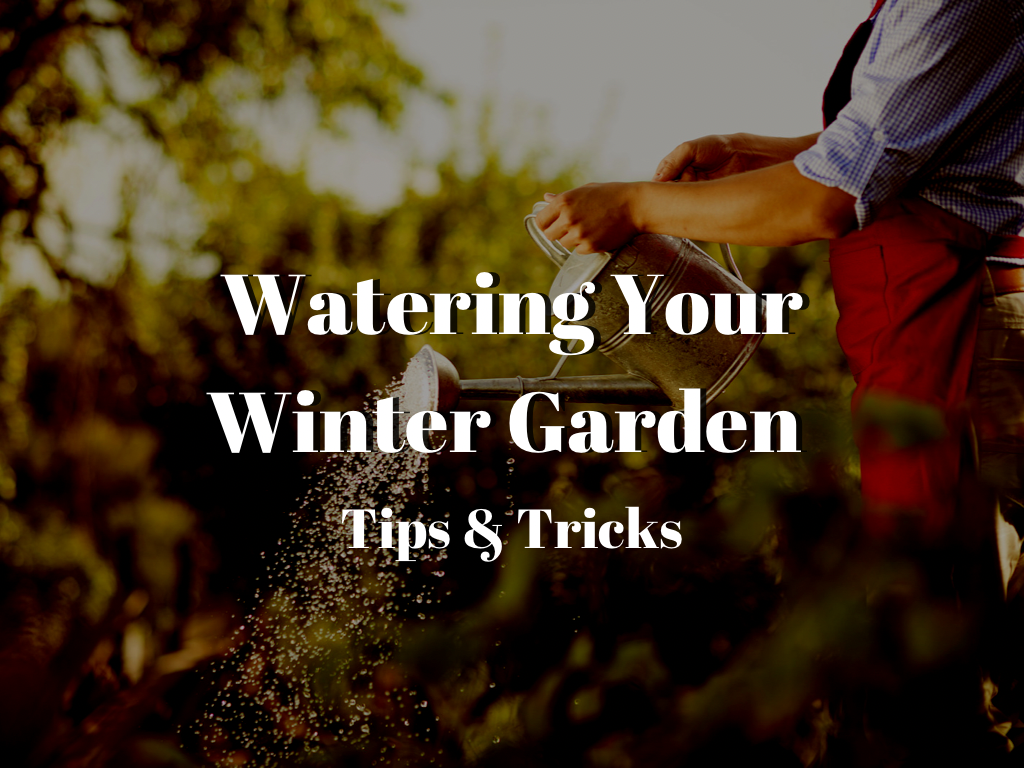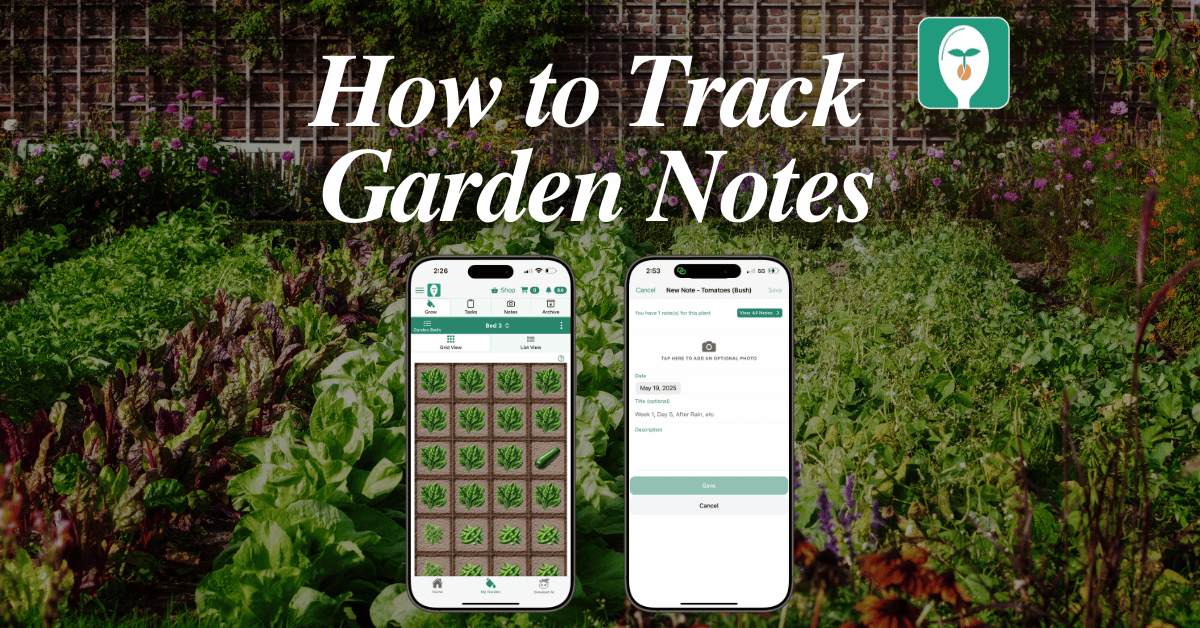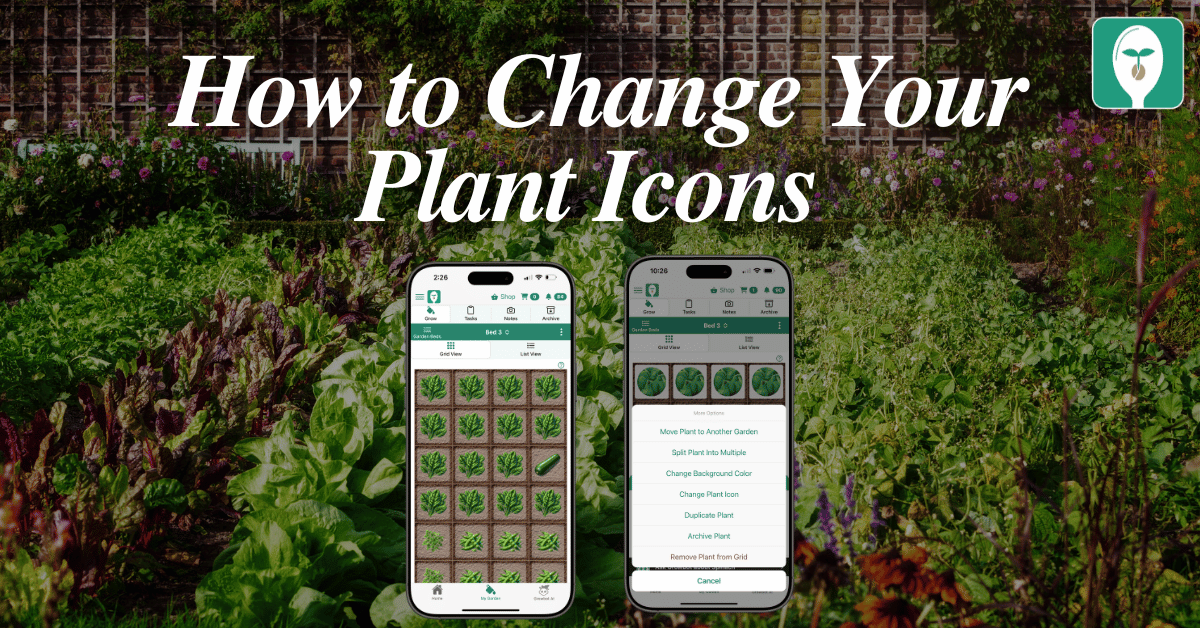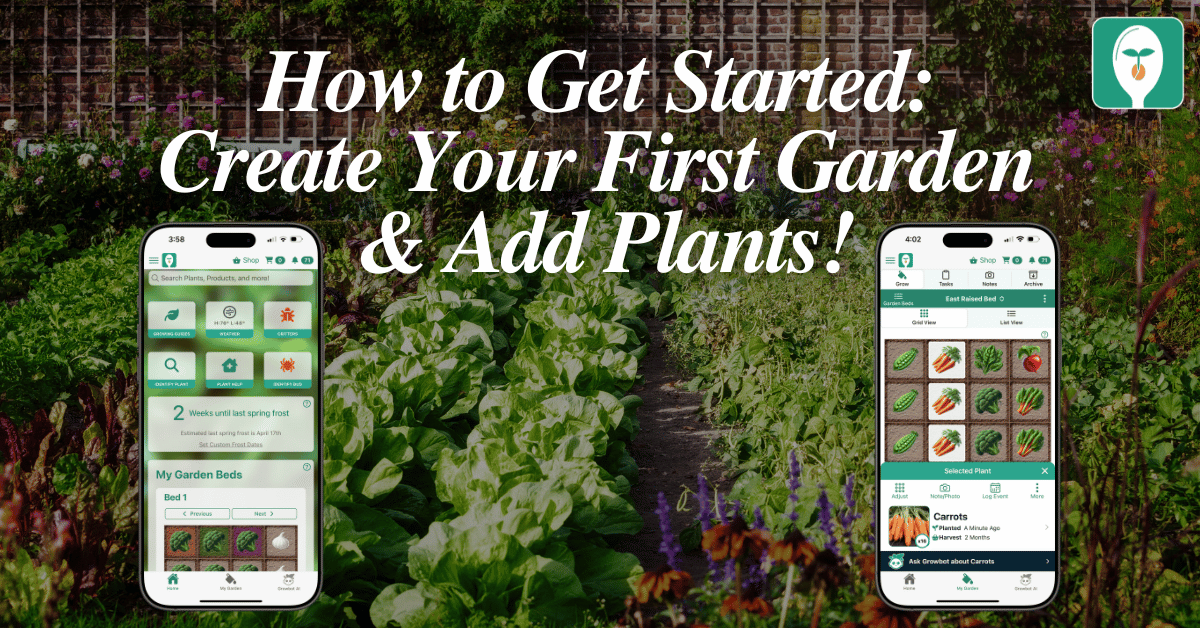Watering your garden in the winter can be a bit tricky, but it’s important to give your plants the moisture they need to stay healthy. While it’s true that plants need less water in the colder months, regular watering is still necessary, especially for container plants and those in greenhouses or cold frames.
When watering your winter garden, pay attention to the soil moisture. The soil should be damp, but not waterlogged. Overwatering can lead to root rot and other problems, so it’s better to water less frequently but more deeply.
A layer of mulch can also help to retain moisture and protect your plants from the cold. Leaves or wood chips can make a big difference in keeping your plants healthy during the winter.
For more tips and advice on watering your winter garden, check out the Seed to Spoon app. This useful tool can help you track your plants and provide valuable information on how to keep them healthy throughout the season. Give it a try and see how it can help you create a successful winter garden.

Carrie Spoonemore, co-founder of “From Seed to Spoon,” stands as a beacon of inspiration for gardeners and health enthusiasts alike. Her journey alongside her husband, Dale Spoonemore, in creating a platform that demystifies gardening and promotes a healthier lifestyle, has made a significant impact on individuals around the globe. Through the “From Seed to Spoon” app, Carrie has dedicated herself to empowering people to take control of their health and environment by growing their own food.
With a profound belief in the power of gardening to improve mental and physical health, Carrie’s contributions to the Seed to Spoon blog reflect her holistic approach to wellness. Her articles often focus on the nutritional benefits of homegrown fruits and vegetables, organic gardening practices, and the mental health benefits of spending time in nature. Carrie’s expertise in health science shines through in her detailed discussions on how specific plants can contribute to a balanced diet and overall well-being.
Carrie’s passion for gardening is deeply intertwined with her commitment to family and community wellness. She frequently shares personal stories of how gardening has brought her family closer together, offering practical tips for involving children in gardening activities and making it a fun, educational experience. Her writing encourages families to explore gardening as a means of spending quality time together while learning about nature and sustainability.
In addition to gardening advice, Carrie’s contributions to the blog include insights into the use of technology to enhance the gardening experience. She has played a crucial role in designing the “From Seed to Spoon” app to be user-friendly, ensuring that users of all ages and backgrounds can navigate the complexities of gardening with ease. Her vision for the app is not just as a gardening tool but as a vehicle for change, inspiring individuals to adopt a more sustainable lifestyle by growing their own food.
Carrie Spoonemore’s presence on the blog is marked by her compassionate approach to teaching and her unwavering belief in the transformative power of gardening. Her work continues to inspire a community of gardeners to pursue a healthier, more sustainable way of living, proving that with the right tools and knowledge, anyone can become a gardener and advocate for their health and the planet.








One thought on “Watering Your Winter Garden: Tips and Tricks”
Wow great! Thanks I experienced the agriculture of cbd coffee. It was amazing for me!